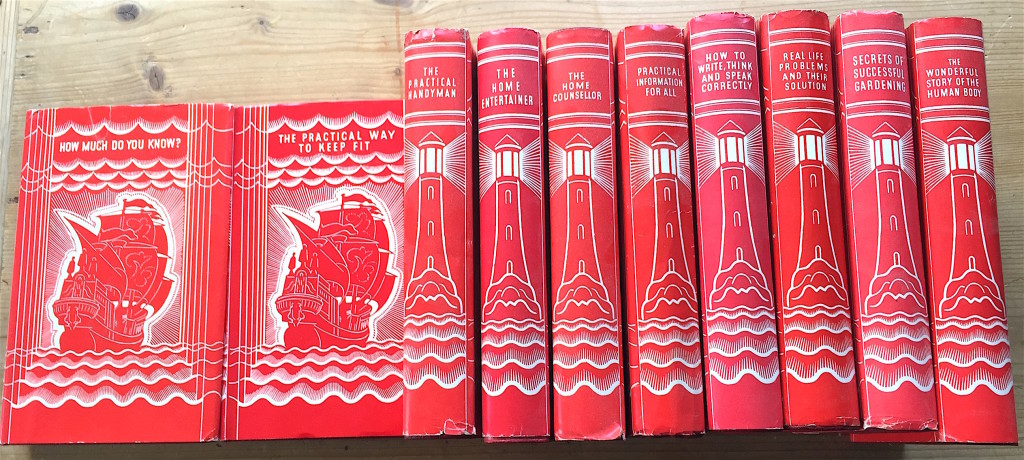Found- How much do you know? The book of a thousand questions and answers. It was edited by Harold F. B. Wheater and published in London (Oghams Press, circa 1937.) It is part of a set of 10 practical self improvement books bought in a secondhand bookshop (Chapel Books, Westleton). Condition was way above average but the books are of modest value.

Some of the information is very dull but at JOT we occasionally do dullness. Some info is very dated and some possibly erroneous - if the Ying Lo Ta Tien was 23000 books that would put it on a par with a printed out version of Wikipedia 2016 (in English). Possibly volumes were thin with big lettering...the first entry sounds like the luckiest accident ever and the one on Schubert is a tragedy and a terrible waste- what was sold for 8 shillings would probably now make £8 million.
What is the largest gold nugget ever found?
The 'Welcome Stranger', discovered by accident in Victoria, Australia, in 1869, through a cart making a rut in the ground. It weighed 2520 ounces.
What was the world's largest encyclopaedia?
The Ying Lo Ta Tien, or Great Standard of Yung Lo, compiled in China by order of the emperor of that name during the fifteenth century A.D. It consisted of 22,937 books and contained nearly 367,000,000 written characters. Only three copies were made; two perished when the Ming dynasty fell in 1644; the third (with the exception of a few volumes) was destroyed in the siege of the Legations at Peking (Peiping) by the Boxers in 1900.
Continue reading

